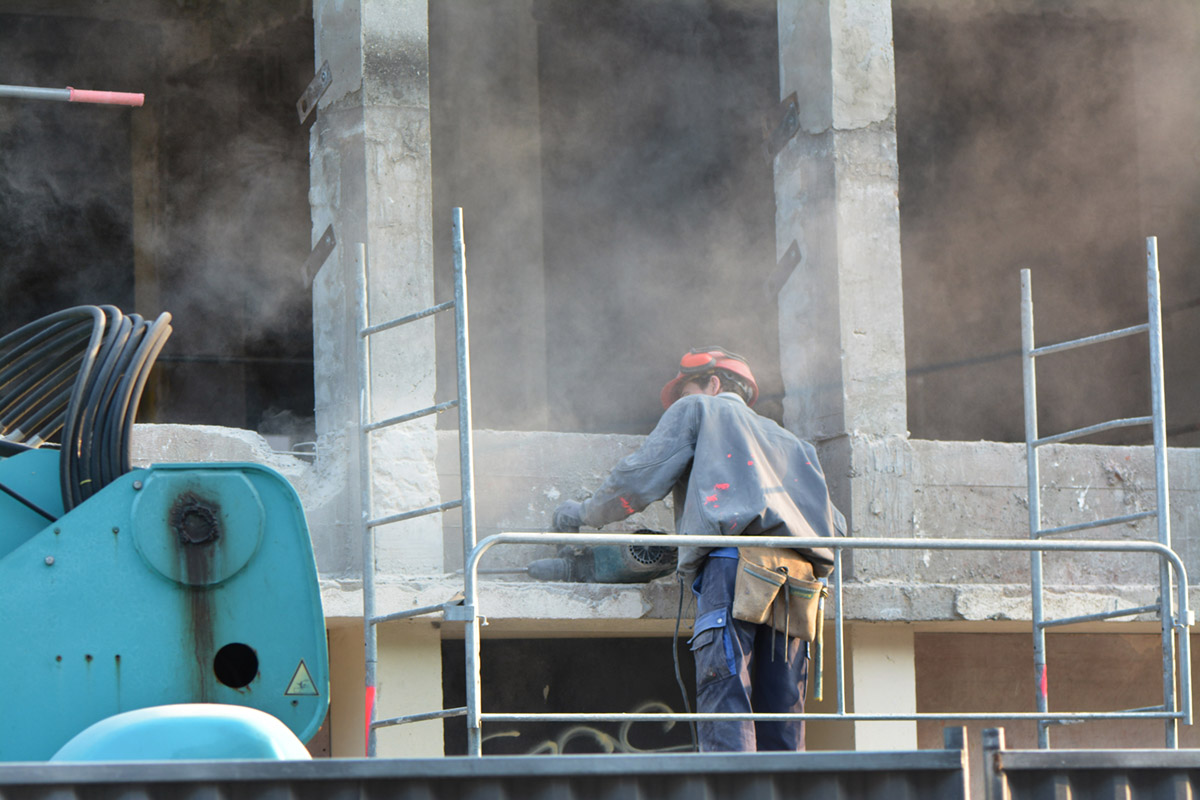Pneumonoultramicroscopicsilicovolcanoconiosis is a word that still continues to cause some controversy. It is one of the longest words in English language, but many people believe it was coined for the sole purpose of being a long word and beating the record of other long English words. However, the disease described by that long name is a real one.
About the word
Just reading or hearing this word, let alone trying to pronounce it, can lead people to think that pneumonoultramicroscopicsilicovolcanoconiosis is either a made up word or truly the longest one in English vocabulary. Neither of those is true. Pneumonoultramicroscopicsilicovolcanoconiosis is a real disease, and the word itself is not the longest English word. It is, however, the third longest word, according to most linguistic experts. It has 45 letters, while the longest and the second-longest English words have 189,819 and 183 letters respectively. The word was coined in 1935 by Everett M. Smith, who was the president of National Puzzler’s league.
The word pneumonoultramicroscopicsilicovolcanoconiosis combines elements from Greek and Latin language. Pneumo comes from Greek and refers to lungs, Ultra is Latin for beyond, Micro is Greek for small and scopic, also Greek, refers to looking. Silico in Latin indicates that something is sand-like, Volcano is, obviously, a volcano, Konis means dust in Greek and words ending in –osis, which is Greek, indicate a disease.
The correct way to pronounce this complicated word would be: NYOO-muh-noh-ul-truh-my-kruh-skop-ik-SIL-i-koh-vol-kay-noh-koh-nee-OH-siss.
About the disease
If one looks pneumonoultramicroscopicsilicovolcanoconiosis up in a dictionary, s/he will learn that it is a disease caused by overexposure to ultra-tiny silica dust. It is in fact very similar to silicosis.
This disease is considered to be a form of pneumoconiosis, a respiratory disease caused by inhalation of metallic dust or particles, only in pneumonoultramicroscopicsilicovolcanoconiosis what is inhaled is siliceous volcanic dust.
- From 2007 through 2016, CWP was the underlying or contributing cause of death for 4,118 miners.
- From 1970 through 2016, CWP was the underlying or contributing cause of death for a total of 75,178 miners.
- From 1971 through 2019, miners and their families received over $47.168 billion in federal benefits under this program.
- Available historic data from the 1990s shows that more than 23% of reported silicosis deaths were attributed to mining. On chest x-rays, r-type opacities are associated with silicosis lung pathology.
- The Diesel Exhaust in Miners Study encompassed more than 12,000 miners. Results showed a significant increased risk of dying from lung cancer among miners who had ever worked underground. This risk increased as the miners’ exposure to respirable elemental carbon – representing diesel exhaust – increased.
The disease exists in four types. Those include asymptomatic, accelerated, acute and chronic forms. Asymptomatic form of the disease does not show any symptoms, hence the name.
The symptoms, if and when they appear, include severe cough, sore throat, chest pain, fast breathing and loss of appetite.
If a person is exposed to siliceous volcanic dust for more than 10 years, the disease becomes chronic. It also increases the risk of tuberculosis.
The disease is, fortunately, easy to treat. It requires avoiding further exposure to siliceous dust and taking antibiotics. The important thing is to diagnose it, specifically to be able to determine than a person has, in fact, been exposed to quantities of dust sufficient enough to cause the disease.


















Your thoughts on this
Loading...